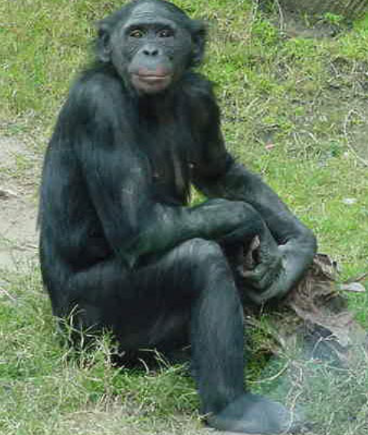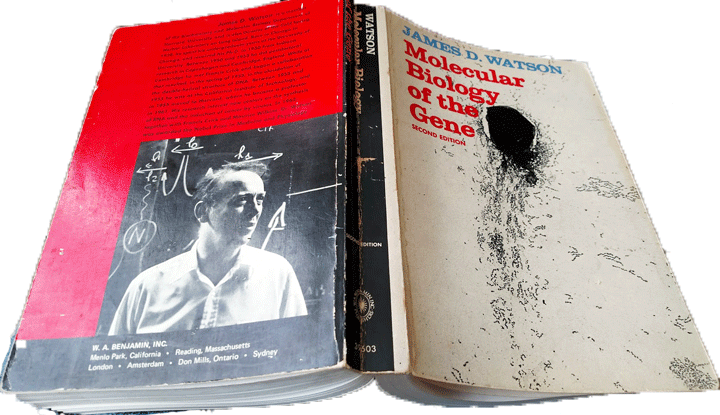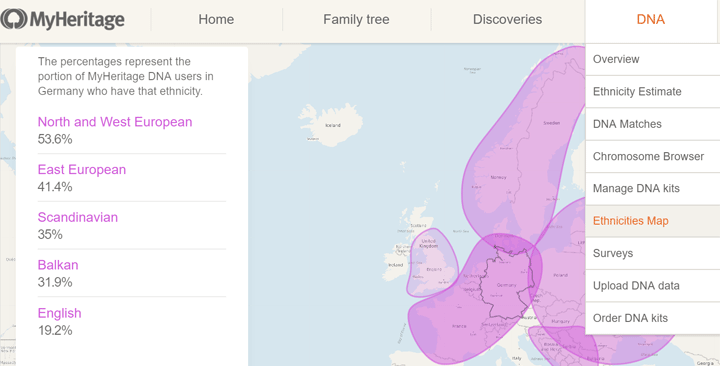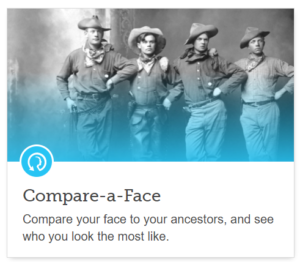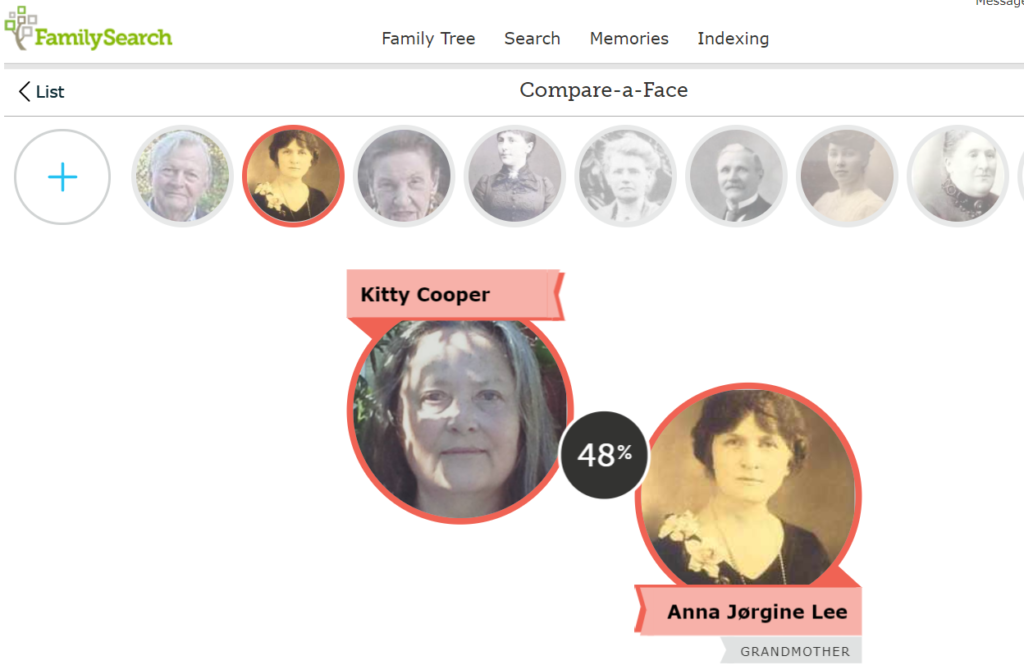It was only a matter of time before the methodologies and technologies that have been developed to break genealogical brick walls and find unknown birth parents were used to identify victims and criminals. The use of DNA and genealogy to solve the horrific Golden State killer case has been sensationalized in the media for several days now. I even got a few calls from reporters as a DNA and GEDmatch expert. Also, just two weeks ago an unknown murder victim from 30 years ago, found in Florida, was finally identified from a DNA cousin match on a genealogy site.
Some of my friends and cousins are worried about the possible invasion of their DNA test privacy. Most just want to understand how this can be done, so I will try to explain that in this post. At the end of this post I will include links to other genetic genealogy blog posts that have wrestled with the issues raised.
Although I have sympathy with the concerns of people who fear false identification using DNA techniques, this is not my fear. The methodology used gets to a pool of possibles whose actual DNA is then collected and compared. I have confidence in that technology. My fear is that my cousins will stop testing their DNA to help my family projects or stop uploading their tests to my favorite tools site, GEDmatch, where the DNA test results from different companies can be compared.
Click here for an article at the LA Times which went into more of the technical details of the Golden State killer case for us genetic genealogists and here for a lengthy video interview with investigator Paul Holes on how it was done.
Let me start my article by reminding all of you that every human’s DNA is about 99% the same as every other human and about 98.5% the same as a chimpanzee. The companies who test your personal genome only test a small sample of that differing 1%. To put it in numbers, our genomes have about 3 billion base pairs and the tests cover about 700,000 of those, which comes out to about .02% of your genome. Not enough to clone you or worry about, in my opinion.
Next let me remind you that uploading your DNA results from Ancestry or 23andme or wherever you tested to GEDmatch does not expose even that little bit of your DNA to the public. What happens is that your “DNA cousins” will match long sections of your data, called segments, and they can see which locations on which chromosome(s) are the same between the two of you. Therefore they know what your actual DNA code is only on those pieces they share with you. When they match you in the GEDmatch database, they can see your email address, name or pseudonym, and your kit number. With that kit number they can see what color your eyes are, what ethnicities various calculators give, and who else you match. If you have connected a family tree to your DNA they can also see the non-living people in your tree. But they have to match your DNA significantly to see any of that! Click here for an article I wrote addressing privacy worries at GEDmatch
So how do you get from there to a killer?
Continue reading
